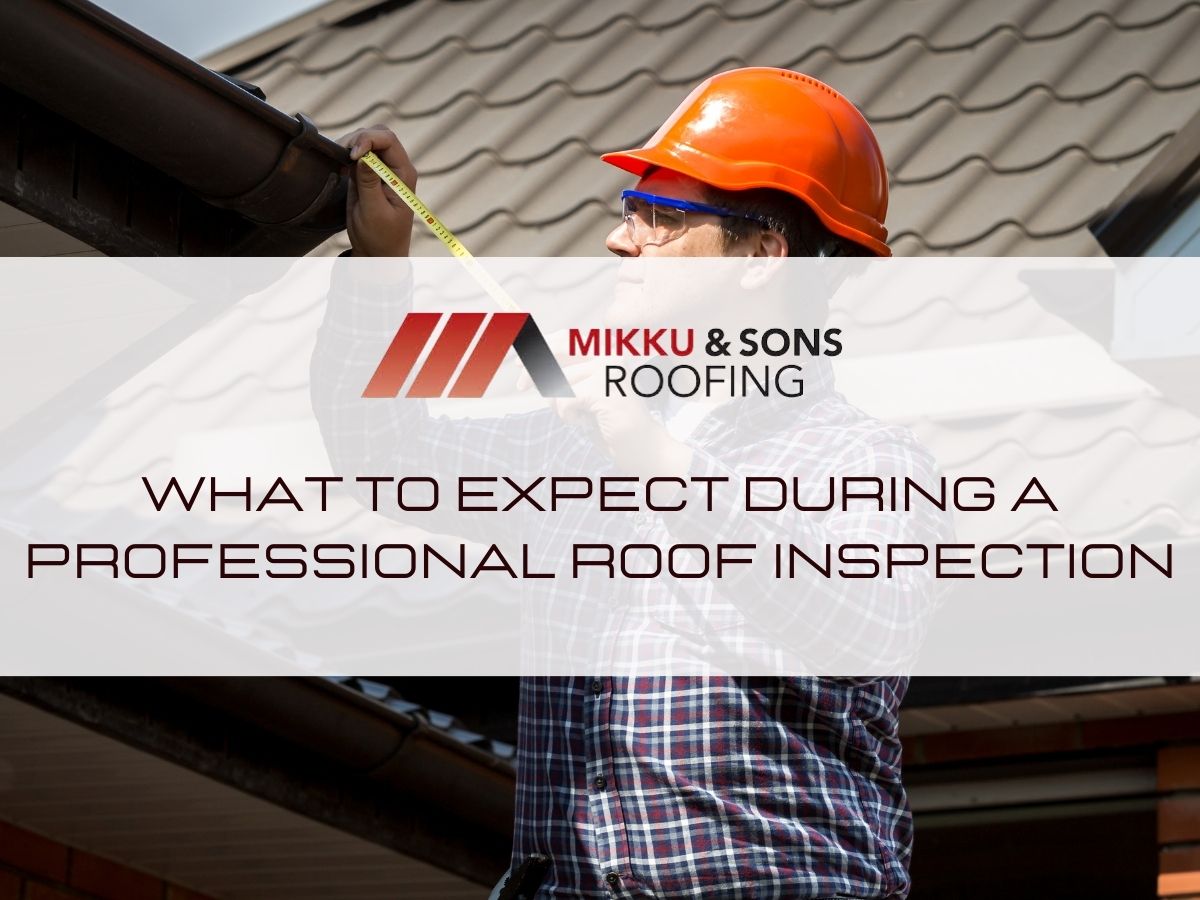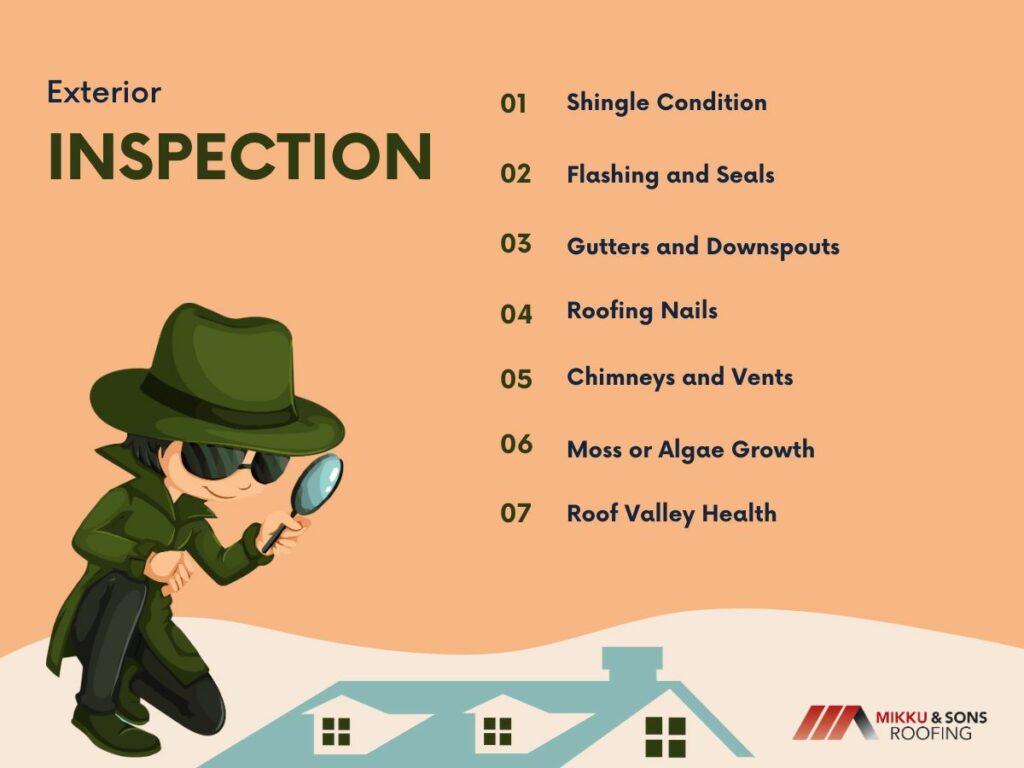

Your home's roof stands as the primary shield against external elements, playing an indispensable role in safeguarding the integrity and comfort of your living space. Over time, even the sturdiest roofs can succumb to wear and tear, extreme weather events, or unforeseen damages.
Are you wondering what to expect during a professional roof inspection? Recognizing the early signs of these issues and addressing them promptly can save homeowners significant money and stress.
Whether you're a new homeowner looking to sell or practicing diligent home maintenance, understanding what occurs during a professional roof inspection is invaluable. In this article, we'll guide you through the meticulous process, ensuring you know what to anticipate from when the inspector arrives to the final report's delivery.
Your roof's health directly correlates with your home's safety and protection. A roof serves multiple functions, from guarding against the elements to ensuring structural integrity. Thus, understanding why you might need an inspection is paramount.
The reasons for a roof inspection are diverse but rooted in a common theme: protection. Whether it's protecting an investment, ensuring safety, or adhering to warranty terms, timely and regular roof assessments are indispensable.
When a professional inspector arrives, they come prepared. Equipped with ladders, cameras, and frequently advanced tools tailored for precise assessment, they're geared up to get a comprehensive view of your roof's health.
The process typically starts with a dialogue where the inspector inquires about existing problems, the age of your roof, and any previous repair work. This initial conversation sets the foundation for a focused and efficient inspection.
The exterior inspection is a pivotal phase in the roof assessment process. Here, the inspector visually examines and sometimes physically tests different components of the roof to determine their condition.
Here's a breakdown of what this phase typically entails:

Exterior inspection comprehensively assesses the roof's visible components. It identifies areas of damage, wear, or potential failure, providing homeowners with a clear picture of current issues and those that might arise in the near future.
While the exterior assessment focuses on the outside health of the roof, the interior inspection delves into the underlying areas that might be affected by roofing issues. Here's a summary of the primary components of this phase:
In summary, the interior inspection delves into the hidden impacts of roofing issues, addressing everything from moisture problems to structural concerns. It complements the exterior assessment, offering homeowners a 360-degree view of their roof's health.
When conducting roof inspections, professionals often use a combination of specialized tools and techniques to get a detailed and accurate assessment. Here's an overview:
Understanding and utilizing these specialized tools and techniques allows roofing professionals to deliver precise and comprehensive inspections. It not only aids in detecting current issues but also in predicting potential future challenges, ensuring the longevity and health of the roof.
After a thorough inspection of the roof's exterior and interior and using specialized tools and techniques, the next critical step is generating a comprehensive report. Here's what to expect in this phase:
A well-constructed roof inspection report identifies current and potential problems and equips homeowners with the knowledge to make informed decisions about repairs, replacements, and maintenance. This document is a roadmap to ensuring the roof's health and durability.
Once you have the inspection report in hand, it's imperative to decide on the subsequent actions to ensure the continued safety, functionality, and longevity of your roof. Here's a guide to navigating the next steps:

Remember, a roof inspection aims to safeguard one of your home's most vital components. Acting on the findings promptly and judiciously can save you time, money, and potential distress in the long run. The next steps you take are pivotal in preserving your home's structural integrity and safety.
Roof inspection costs can vary significantly based on several factors. While some companies offer free inspections, hoping to secure repair jobs, there's a need for caution as they may exaggerate issues to warrant more extensive repairs.
On the other hand, reputable inspectors might charge, especially in urban areas or for complex roofs. The inspector's expertise, the depth of the inspection, its purpose (e.g., for real estate transactions), the report's detail, and bundled services can all influence the cost.
Always ensure clarity on the price and scope of the inspection up front. This transparency helps avoid hidden costs and thoroughly assesses your roof's condition.
Your roof's longevity and durability hinge on timely detection and rectification of issues. A professional roof inspection provides critical insight, offering a roadmap for preventive measures and necessary repairs.
By understanding the process, from the initial inspector's arrival to the final report, homeowners are better equipped to make informed decisions. Whether it's routine maintenance or preparing for a property sale, always prioritize the health of your roof—it's a cornerstone of your home's overall well-being.
